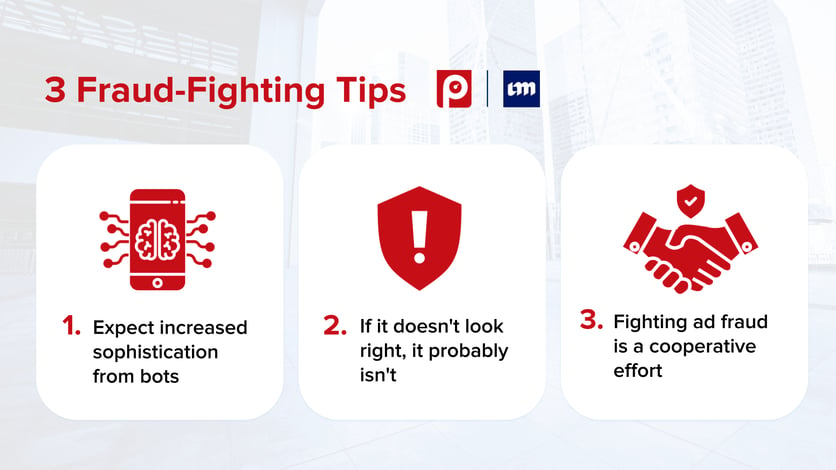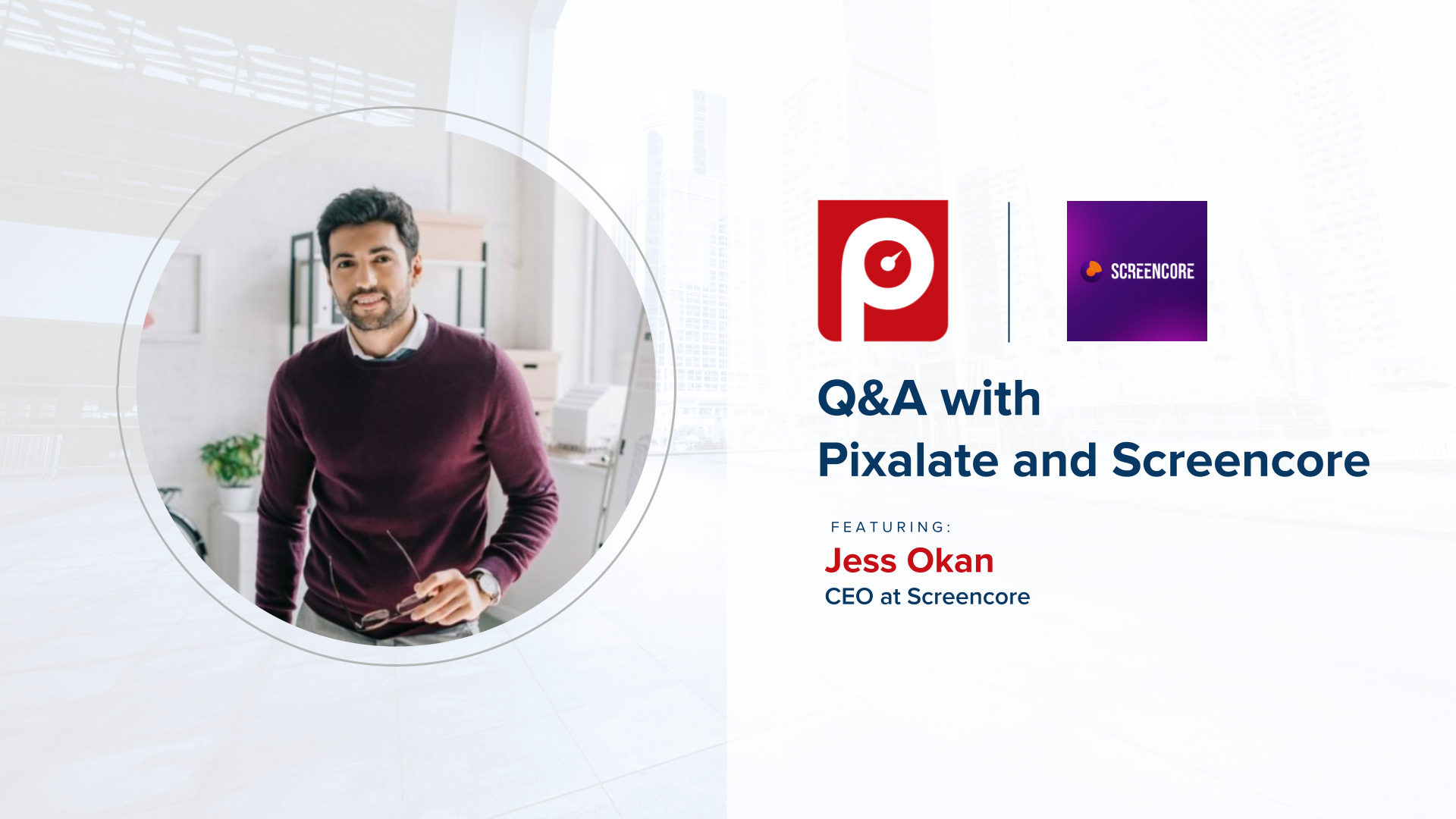
Pixalate spoke with Josh Solomon, Co-Founder of Luna Media on maintaining quality ad inventory across multiple devices.
About Josh Solomon:
Josh Solomon has been a leader in advertising technology for over a decade. Before co-founding Luna Media, Josh held various global positions at Outbrain, Sharethrough and IPONWEB, building disruptive technology for some of the biggest ad tech and media brands around the world.
See the full Q&A below:
Pixalate: What services does Luna Media offer?
Josh: Luna Media offers a suite of solutions for publishers and advertisers in the media space, ranging from pure play, cross-platform monetization, advanced text-to-speech AI or premium video solutions for both editorial and commercial teams. All of this technology is connected to our global marketplace where we provide advertisers with premium and exclusive inventory being seen (or heard) by real people.
Pixalate: How does Luna Media protect its customers from invalid traffic (IVT) and ad fraud
Josh: IVT and Ad Fraud is one of the most commonly discussed topics in our industry so it is probably not surprising that we take it very seriously. We have a three pronged approach when it comes to evaluating inventory. First, before any supply is onboarded into our marketplace, our marketplace quality team performs a manual check to make sure that the publisher is real and that all of their online information “checks out.” Manual checks can be quite revealing. While bots can perform sophisticated functions to mimic human behavior, an app that has 300 downloads is unlikely to generate 10 billion monthly impressions. We see this all of the time and it is an immediate red flag.
From a technology standpoint, we scan 100% of our inventory with Pixalate using both pre-bid and post-bid technology. This helps us filter out any unwanted supply that can be harmful to our advertising partners.
Finally, we have built close relationships with our advertising partners. By working together with most of the biggest advertising technology companies in the world, we are able to pool our learnings. This also allows us to expand our evaluation of suppliers outside of our internal data set and incorporate findings from our partner’s data set, giving us more sophisticated and reliable protection. We are extremely grateful for our partnerships and our mutual stance that we are all in this together.
Pixalate: In your opinion, what are the key signals in quality mobile ad inventory?
Josh: While most of the signals that we look for are the same across platforms, the mobile app space has been a bit less explored than the web. In web, 80% of the inventory is always coming from the main brand publishers or the publisher aggregators who manage the advertising on behalf of hundreds or even thousands of publishers. In the app space, you have to actually go to multiple app stores and download an app before you can understand the ad experience. Moreover, the large apps and gaming brands do not always command the same “household name” recognition as their web counterparts. Inventory is often spread out across many more apps that you may never have heard of unless, let’s say, “Sudoku” is your thing. Needless to say, there are a lot of people out there who spend hours each day in gaming environments which is why the advertising opportunity is so large.
When it comes to quality mobile ad inventory, we look at it from two perspectives. First, we are doing all of our regular inventory quality checks, which Pixalate is a major part of, to ensure that our marketplace is clean from an IVT standpoint. Beyond that, just because inventory is free from IVT doesn’t immediately mean that it is quality inventory. Our algorithms do a lot of work to make sure that inventory in our marketplace is seen by real people and performs well from a KPI perspective. We dedicate endless hours of work optimizing towards inventory that our advertisers are looking for. Oftentimes, we have a different algorithm with each of our advertising partners that is focused on optimizing towards a specific KPI. From a programmatic perspective, this tends to mean using historical data to eliminate inventory that has a poor history of performance.
Pixalate: How is maintaining quality in CTV different?
Josh: CTV has some key differences from other advertising environments. As an industry, we are at a stage where there is more demand for premium CTV than there is supply which makes it very appealing for nefarious actors. A lot of the largest CTV suppliers have high sell through rates with their direct sales teams and leave only a small amount of inventory left over to a select few programmatic partners. The same way that I discussed a manual component being key to this whole process in the app space, it is also true in the CTV space. If you are approached by a supplier who is selling you CNN at $8 and you have never heard of this supplier, it should raise an immediate flag of how they get access to that inventory. On the other end of the spectrum, there are apps that don’t always make sense, like fireplace screensavers with billions of requests per month. Our content guidelines disallow this type of utility app in CTV whereas in a mobile environment, it may be much more useful. With that said, there is constant evolution of premium content brands, oftentimes legacy and reputable brands, who are distributing their content and controlling their advertising across syndicated environments. These are publishers that have quality content, real users and we are very proud to be supporting many of them in their growth.
Pixalate: What are 3 “ad fraud fighting” best practices you’d share with publishers and/or advertisers directly?
Josh: As we continue to get more sophisticated as an industry when it comes to fighting ad fraud, we can expect to see increased sophistication from bots as well. I tell my team everyday to know who you are working with. We have standardized systems in place at this point as an industry to try and weed out bad actors. If something doesn’t look right in the supply chain, it probably isn’t right. That also pertains to choosing your partners wisely when it comes to an MRC accredited vendor. You want somebody who has the right technology but is also willing to work with you to understand what is occurring. Fighting ad fraud is a cooperative effort and we feel fortunate to have access to Pixalate’s R&D team to share learnings and help us draw conclusions.

Pixalate: As we enter 2023, which trends, policies, and initiatives do you consider as possibly the most influential on the future of programmatic advertising?
Josh: The industry will continue to evolve with the technology that powers it. From a content perspective, we are seeing major shifts in where and how people are consuming content. For example, while the past few years have been laser focused on CTV, we’ve seen more people consuming audio than ever before. This can be in the form of audiobooks, podcasts or text-to-speech technology that makes it easy for any content publisher to produce audio content. I expect that the development of content based technology will lead to a whole new batch of premium supply that will start to crop up in 2023 and beyond.








